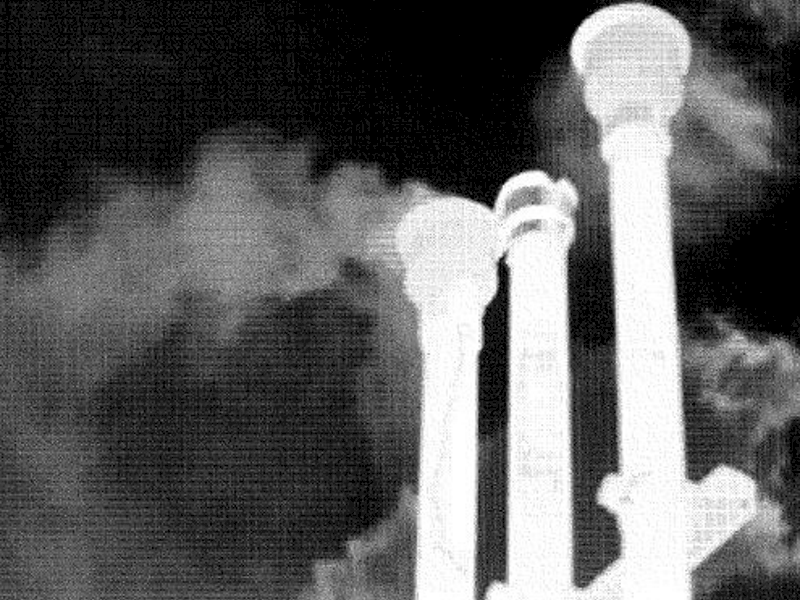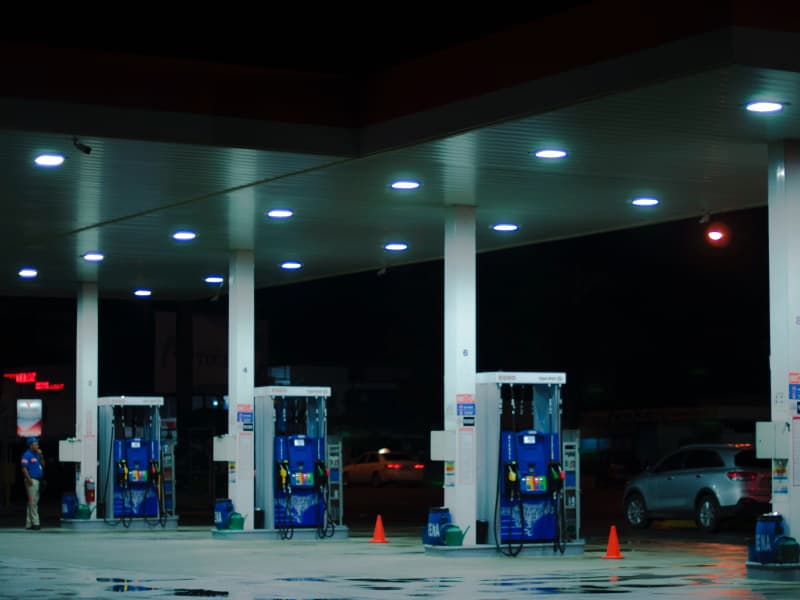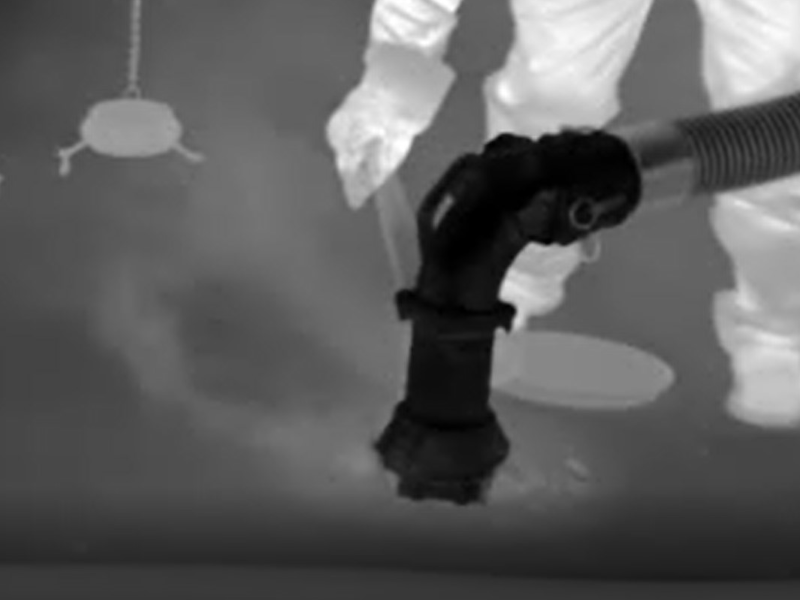CDPHE begins issuing fines for ‘fugitive emissions’ to gasoline-dispensing facilities
The Colorado Department of Public Health and Safety (CDPHE) is serious about improving the state’s air quality by – in part – stepping up enforcement of standards at gasoline-dispensing facilities and levying substantial fines for violations.
The CDPHE’s Air Pollution Control Division (APCD) has recently issued fines ranging from a few thousand dollars to more than $25,000 at gasoline-dispensing facilities – and that’s just those of which CGRS is aware. CGRS staff has also heard (though we’ve been unable to substantiate) of fines well over $100,000.
The CDPHE has the authority to issue fines up to $15,000 per day per violation, with the amounts increasing significantly if it finds multiple facilities belonging to the same owner/operator are out of compliance. That makes a $100,000-plus fine a real possibility.
In recent months the APCD has ramped up enforcement of years-old air pollution standards in nonattainment areas (those not meeting federally mandated ground-level ozone standards, currently focused on the Denver metro area). The inspectors use forward-looking infrared (FLIR) optical gas imaging (OGI) cameras to observe fuel deliveries to storage tanks to identify fugitive emissions from the tank top connection points, pressure/vacuum vent caps and the transport trucks.
Call a CGRS Expert:
800.288.2657

Drezden Kinnaird
Environmental Staff Scientist
The process
The inspection and follow-up process look like this:
- The inspector often schedules visits ahead of time by phone or, if unable to reach the owner/operator by that means, by a formal letter (CGRS’s compliance experts recommend owners/operators have a representative on site during announced inspections so they are aware immediately if the inspector observes emissions and will issue violations).
- Some inspections are unannounced if an investigator observes a fuel delivery in progress while in the field or during “field day” inspections, when inspectors are stationed at loading terminals and throughout the Front Range.
- Any emissions observed during the fuel-delivery process are considered a violation.
- The inspector also considers whether the facility has an Air Pollutant Emission Notice (APEN) and if it’s current.
- If violations are noted, APCD will send the facility owner/operator an email informing them of such generally within a week, followed by a formal letter listing the observed violations and inviting the owner/operator to call by a specified date to schedule a Compliance Advisory hearing.
- The hearing is scheduled far enough into the future – approximately three months – to allow for the owner/operator to address the issues for which they are cited.
- At the hearing, a discussion regarding the nature of the violations and what the owner/operator has done to correct them will occur.
- The APCD will assess a penalty to the owners/operators of the facility and/or transporter within 30 days of the hearing.
- If the inspector observed emissions, the APCD will fine the offending party – period.
- Fine amounts largely depend on how quickly and thoroughly the owners/operators addressed the issues causing the emissions and whether they had an up-to-date APEN, as well as other circumstances.
Call a CGRS Expert:
800.288.2657

Kylene Baker
Compliance Department Manager
How to get into compliance
The monthly compliance inspections of underground and aboveground petroleum storage tanks the CDPHE’s Oil & Public Safety Division (OPS) requires does not cover the air quality issues the APCD is addressing now. While some emissions are visible by the naked eye to compliance technicians, the best way to observe and correct fugitive emissions before or after an APCD visit is the same way that the inspector does: by using a FLIR camera during a fuel delivery. The owner/operator can then make any repairs necessary prior to the APCD inspection and even have another look with a FLIR camera prior to their hearing before the CDPHE.
Gasoline-dispensing facilities’ owners/operators should be aware that:
- The inspections and hearings for those performed in the last year continue and the APCD has already begun another round of inspections
- The CDPHE is not currently reviewing its regulations to align with National Emission Standards for Hazardous Air Pollutants (NESHAP); instead, authorities are focused on reducing gasoline-fueling facilities emissions to zero
- Pressure testing of fuel transports from June to September are invalid under CDPHE regulations
CGRS extends its appreciation to the CDPHE for providing direction and information regarding the inspection process for this article.
If you have any questions or would like to schedule a FLIR inspection of your gasoline-dispensing facility, call CGRS at 800.288.2657. CGRS has a FLIR camera and qualified technicians capable of performing inspections during a fuel delivery prior to an announced visit by an inspector or following repairs to confirm their effectiveness. If emissions are observed, our experienced compliance technicians can perform repairs and replace any components of your fuel system necessary, including spill buckets, stage I vapor recovery adaptors, fill adaptors, pressure/vacuum vent caps, tank top fittings and more.





